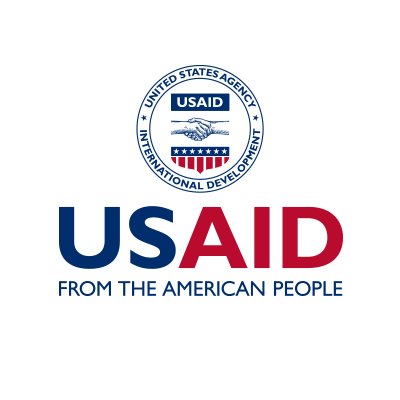Nearly 60 years ago, at President John F. Kennedy’s landmark address at American University just months after the Cuban Missile Crisis, he spoke about the need for the world to recognize our shared humanity. “Our most basic common link,” he said, “is that we all inhabit this small planet. We all breathe the same air. And we are all mortal.” Those words, from the person who founded USAID, ring especially true the week of Earth Day.
Nothing illustrates our interconnectedness and collective fragility more than the existential threat currently facing our small, shared planet—the climate crisis. As temperatures and sea levels rise, people’s lives are increasingly being upended, or cut short, by droughts, storms, fires, and floods that will only become more destructive unless we act with the urgency and ambition that this planetary crisis demands.
I am pleased to announce that today USAID is launching a new Climate Strategy that will guide our efforts to tackle the existential threat of climate change over this decade in a way that is truly transformational.
Our Climate Strategy lays out six ambitious targets to be achieved between 2022-2030, which together would represent a dramatic increase in our Agency’s efforts to stem the climate crisis. These targets include preventing six billion metric tons of global greenhouse gas emissions—the equivalent of taking 100 million cars off the road for a decade—and conserving 100 million hectares of critical landscapes, an area more than twice the size of California. We would also support 500 million people to better prepare for and adapt to the impacts of climate change that are already wreaking havoc on marginalized communities.
These targets are backed up by President Biden’s historic commitment to quadruple international climate financing by 2024 from peak levels during the Obama Administration. The President’s Fiscal Year (FY) 2023 Budget Request, if appropriated, will deliver on that commitment a year early and includes a historic request for $2.3 billion in international climate financing for USAID and the State Department. We are also committing to mobilize $150 billion in climate change mitigation and adaptation solutions from the private sector and partner governments.
Achieving these bold targets will not be easy; it will require USAID to see itself not just as a development Agency, but as a climate Agency, with each sector and Mission fighting to protect our planet. Only by taking an all-hands-on-deck approach can we meet the most immediate needs of the climate crisis today and support larger-scale transformations in key global systems like agriculture, energy, governance, infrastructure, and health that are essential in the long run.
The challenge before us is significant, but so are the opportunities—from green businesses and jobs to more equitable and healthier societies—if we rise to the occasion. USAID’s convening power, global presence, longstanding partnerships, and breadth of technical expertise position us to make a real difference in this critical global fight. But no Agency or country can meet this moment alone. So, on this Earth Day, I am asking all of us to reflect on the ways we can work together to address the challenges and opportunities of the climate crisis.


Comments are closed.